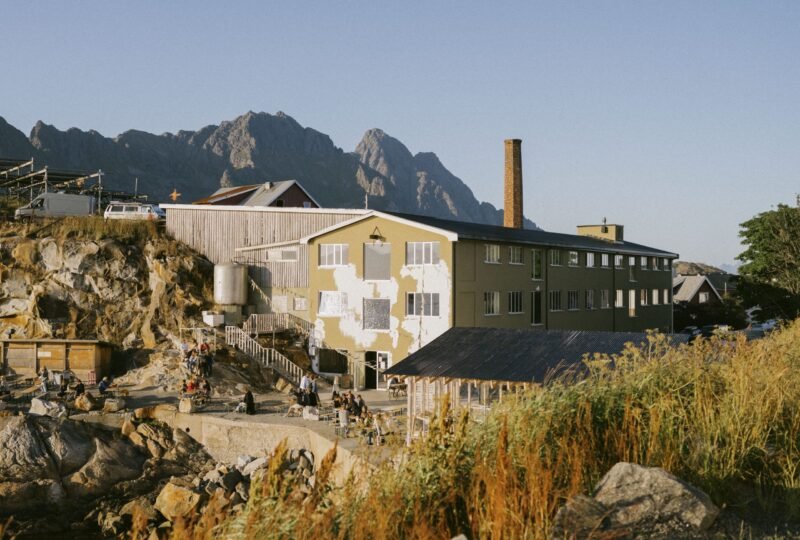Hide and Seek: The Architecture of Cabins and Hide-Outs

Cities can be vibrant and inspirational, but also noisy, crowded and hectic. Sometimes you just want to get away, leave city life behind, pack your stuff and go to the middle of nowhere. Last month Gestalten released a book that showcases some of the finest places to escape the city: Hide and Seek: The Architecture of Cabins and Hide-Outs.
Hide and Seek is a survey of contemporary cabins and hide-outs that offer a quite, solitary and relaxed experience in the middle of nature, far away from stinky, busy cities. The book features a wide range of examples, ranging from basic shelters to well-equipped family homes, and from mobile cabins to houses embedded in rocks.

The book features a range of temporary and nomadic hide-outs, such as the Port-a-Bach, a converted shipping container which unfolds into a multi-purpose dwelling in a matter of minutes. The side panel of the structure can be folded down into an outdoor deck to connect this micro-home with its surroundings. Another design, the Tree Tent, enables guests to spend the night high up in the tres. The Sledge Project offers shelter for the arctic nights. The accommodation on sledges can be towed with dogs or snow mobiles. These kinds of nomadic structures integrate flexibility into hiding out by offering the possibility to settle down wherever you like.


Shelters in isolated places can protect against harsh weather conditions. They function as places to retreat and warm up after a long day of outdoor activities, such as the Bivacco Luca Vuerich (see leader image above this article). Built in a single day, this mountain cabin in the Julian Alps offers shelter to hikers and climbers in cold winters. Off-the-grid cabins enable people to reside in nature independently, detached from city life and submerged in nature. This is reflected in the design of the cabins. Contemporary architecture, with floor-to-ceiling windows and huge sliding doors, invites the outdoor inside, and redefines the boundary between living room and nature. The photos in Hide and Seek beautifully illustrate the relation between the hide-outs and their environments.


Another way to merge cabins with their surroundings is by relating to local culture. Silhouettes of cabins mimic vernacular huts and designers use traditional materials and building techniques. And by refurbishing existing buildings, the modern-day holiday houses automatically blend in with their rural surroundings. An abandoned stable, hay barn, or locomotive stall is completely emptied out, leaving only the exterior building. Using this camouflage of a local, historical building, stables or sheds are repurposed as a holiday houses with contemporary interior architecture and modern-day luxuries.


Some of the cabins and hide-outs in the books are literally woven into the natural structure of the woods, the Green Box for example, that will be completely overgrown by native vines, slowly dissolving into the background as time goes by. Nevertheless, some residences don’t want to hide at all. The concrete Casa Pezo structure, for instance, hovers above the trees, providing a stunning 360-degree view of nature, but at the same time it feels like a watch tower that wants to claim the forest beneath. Some of the more extensive residencies stretch the concept of cabin and hide-outs. ‘Cabins’ with saunas or private pools and separate guest suites go beyond providing just a shelter or hide-out. These buildings do not only bring the city dweller into nature, but also part the city life into nature.

Hide and Seek provides a beautiful overview of contemporary cabins and shelters in the most beautiful places all over the world. Browsing through the book will leave you day-dreaming and wanting to hide in a place far away from the busy metropolis.
Hide and Seek: The Architecture of Cabins and Hide-Outs
Edited by Sofia Borges, Sven Ehmann, and Robert Klanten
Published by Gestalten
Release date: August 2014
Language: English
Full color, hardcover, 256 pages, 24 x 30 cm
ISBN: 978-3-89955-545-5



